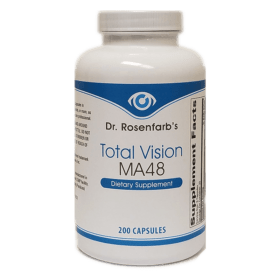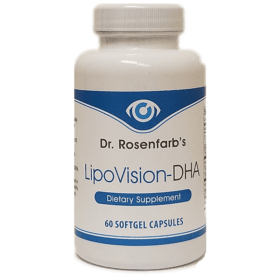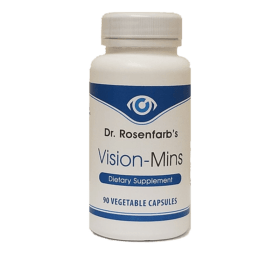Eye floaters are those small, often irregular, dark shapes that appear on one’s field of vision. They are made up of clumps of protein that may look like dots, blobs, strands, cobwebs, etc. Though annoying, they won’t harm you and you may not even notice them.
Vitreous Eye Floaters
As we age two things begin to happen:
- The vitreous gel that keeps the shape of the back of our eyes starts to liquefy and/or clump and shrink, which creates a pulling on the retina.
- The protein-based connective tissue attaching the vitreous lining weakens, and tiny pieces of connective tissue may float free in the vitreous.
Due to these degenerative changes the incidence of floaters (myodesopsia) in the vitreous humour becomes more prevalent. Light passes through the lens, through the vitreous humour to the retina. We can see floaters because they cast a shadow on the retina. They may look like spots, irregular shapes, or bits of thread that slowly float on the field of vision. We often don’t even notice them because they remain “fixed” in relation to the retina because the brain gets used to them and doesn’t pay attention to them.
They are generally considered more of a nuisance than a symptom of serious problems unless there is a sudden increase in the number and location of floaters. A ring of floaters to the outside (toward the ears) edge of vision or a sudden increase in floaters is a symptom that should be checked with your ophthalmologist.





